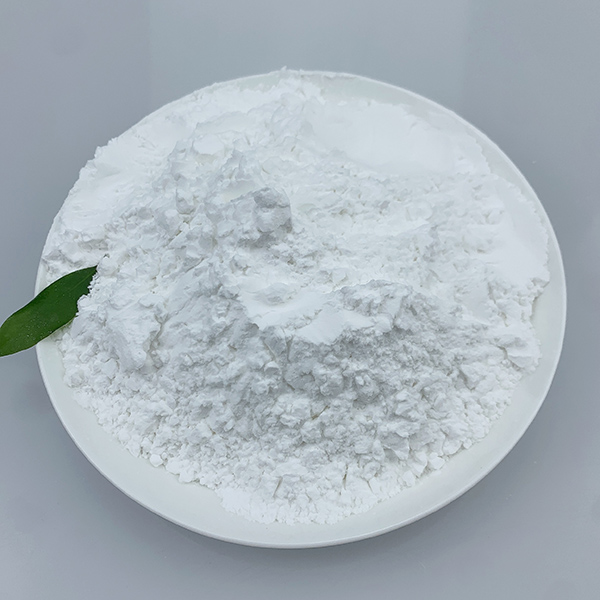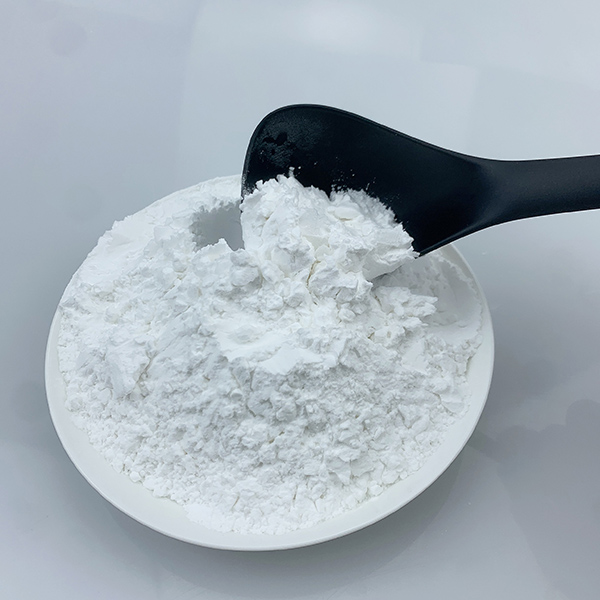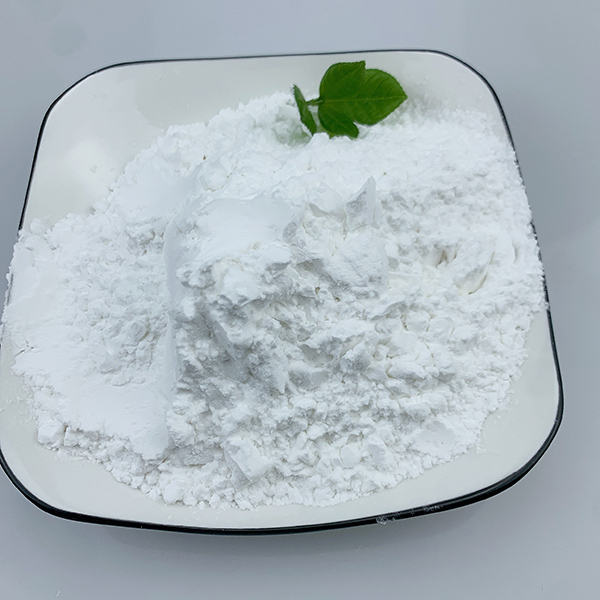cas 51-35-4 L-Hydroxyproline Amino acid glycoprotein Hydrolyzed gelatin
Contact me
Email : salesexecutive1@yeah.net
whatsapp: +8618931626169
wickr: lilywang
Usage
In 1902, Hermann Emil Fischer isolated hydroxyproline from hydrolyzed gelatin. In 1905, Hermann Leuchs synthesized a racemic mixture of 4-hydroxyproline.
Hydroxyproline differs from proline in the presence of hydroxyl groups (OH) attached to gamma carbon atoms.
Hydroxyproline is produced by hydroxylation of the amino acid proline by prolyl hydroxylase after protein synthesis. Enzyme-catalyzed reactions occur within the endoplasmic reticulum lumen. Although it is not incorporated directly into proteins, hydroxyproline makes up about 4 percent of all amino acids found in animal tissue, more than the other seven amino acids incorporated
collagen
Hydroxyproline is the main component of collagen, accounting for about 13.5% of mammalian collagen. Hydroxyproline and proline play a key role in collagen stability. They allow collagen spirals to twist sharply. In the typical collagen XAa-Yaa-Gly triplet (where Xaa and Yaa are any amino acid), the proline occupying the Yaa position is hydroxylated to produce the XAa-hyp-Gly sequence. This modification of proline residues increases the stability of collagen triple helix. It was originally proposed that stability was due to the formation of a network of hydrogen bonds between the prolyl hydroxyl group and the backbone carbonyl group. It has subsequently been shown that the increase in stability is mainly through stereoelectronic effects, with hydration of hydroxyproline residues providing little or no additional stability.












